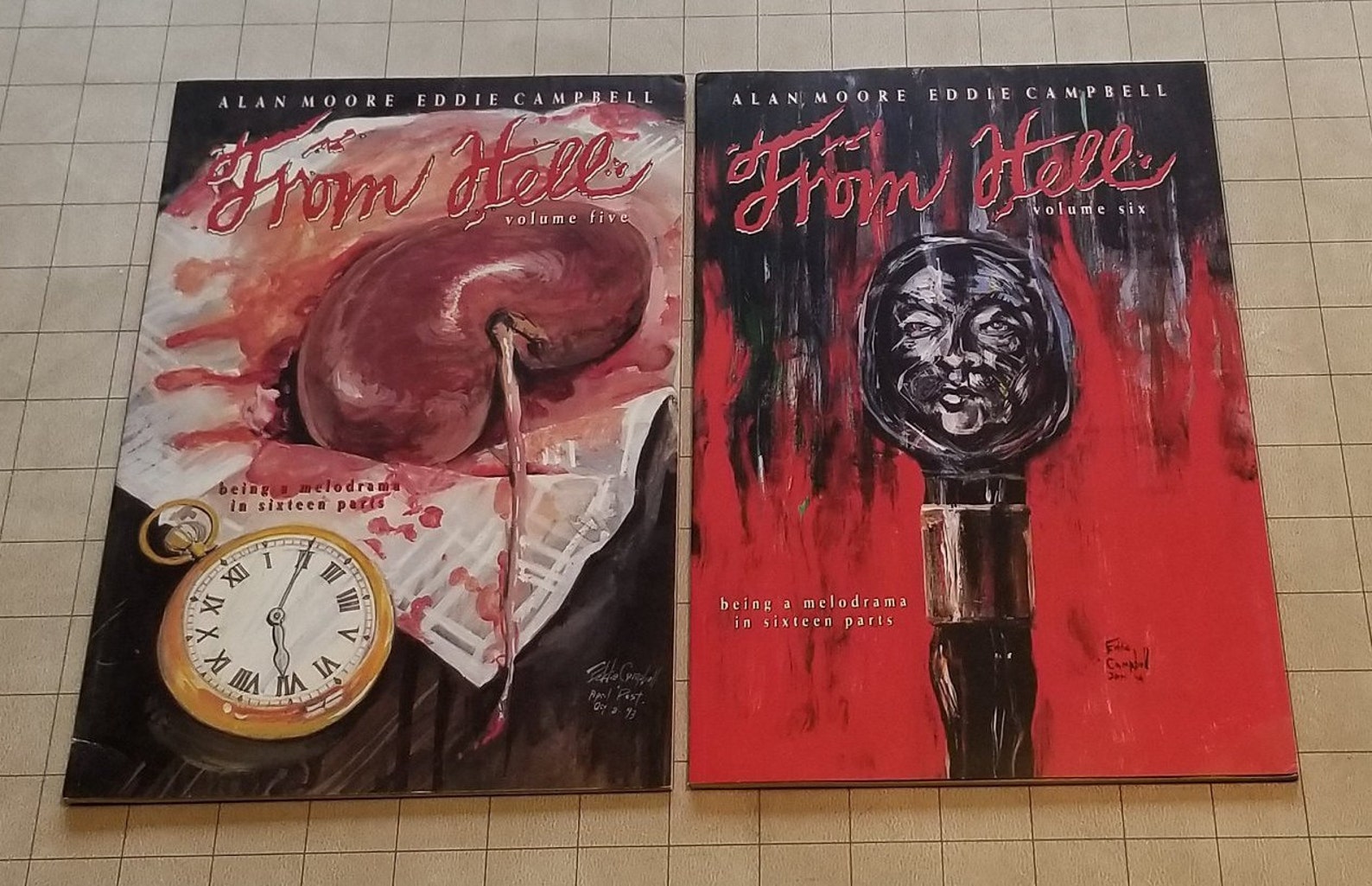

Almost everything worth reading came in the form of imports from the U.S., usually seen in black-and-white anthologies printed on low-grade paper. In 1954, British comics fans had few great superheroes to call their own. After all, he was a semi-legal knockoff created in the wake of an international copyright dispute. In a way, the character was doomed to legal limbo from the very beginning. (If you want a more complete account, pick up a used copy of George Khoury’s Kimota! The Miracleman Companion or wade through the fan site .) But the basic outline is a fascinating case-study in how self-defeatingly disorganized the comics world often is. The ins and outs of the battle over Miracleman are complex and disputed, and I won’t try to recount them all here.

And, perhaps most tragically, the legal fight over Miracleman showed the world just how petty comics professionals could be. Second, it was arguably the ballsiest superhero story ever told when it began publication in 1982 - overflowing with deconstructionist ideas and chilling violence. First off, it was one of the earliest superhero works by Alan Moore, the legendary comics writer who would go on to pen opuses like Watchmen, V for Vendetta, From Hell, Batman: The Killing Joke, and many more. This was an artistic tragedy for a number of reasons. But for comics diehards, its release is nothing short of (forgive the unintentional pun, but no other word seems appropriate) miraculous.įor decades, it was an article of faith that the world would never see a legal reprinting of Miracleman, a seminal British series of the 1980s (it was originally titled Marvelman, but we’ll get to that in a moment).

Such joy might seem like overkill to an outsider - after all, the book is merely a collection of superhero comics published more than 30 years ago. As I held Marvel’s just-released Miracleman Book One: A Dream of Flying in my hands a few days ago, my fingers trembled and these thoughts overtook me: Dreams can come true.


 0 kommentar(er)
0 kommentar(er)
